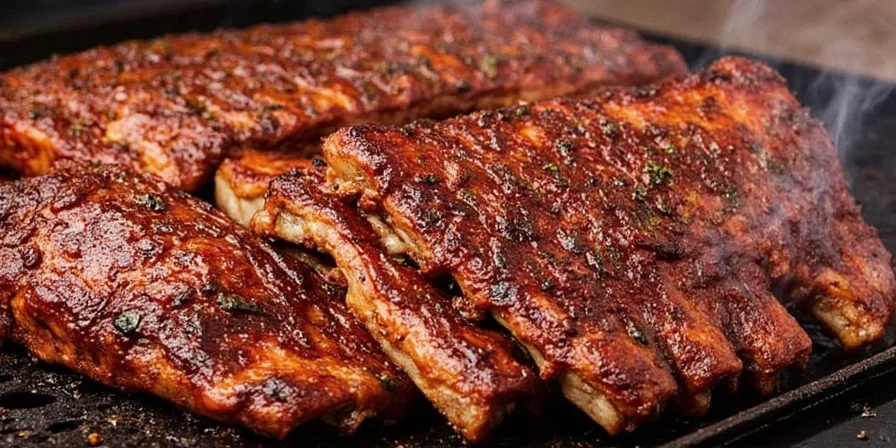
Table of Contents
- Introduction: What Are 3-2-1 Smoked Ribs?
- The Science Behind Flavor Layering in Barbecue
- Classic Spice Blends for Ribs: A Baseline Analysis
- 5 Innovative Spice Pairings for 3-2-1 Ribs
- Pro Tips for Applying Spices Like a Pitmaster
- Step-by-Step Recipe: Smoky, Sticky, and Spicy!
- Common Mistakes to Avoid When Seasoning Ribs
- Frequently Asked Questions
- Final Thoughts
Introduction: What Are 3-2-1 Smoked Ribs?
This guide delivers actionable value for home barbecue enthusiasts seeking to transcend basic rubs. If you've mastered fundamental smoking techniques but struggle with flavor depth, the 3-2-1 smoked ribs method offers structured perfection. Designed for weekend grillers wanting restaurant-quality results, this technique balances science and artistry.
The framework operates on precise timing:
- 3 hours of smoking over indirect heat at 225°F (107°C),
- 2 hours wrapped in foil with liquid (allowing collagen breakdown),
- 1 hour uncovered for caramelization and bark formation.
Critical insight: Smoke contributes only 30% of flavor. Your spice blend's chemical interaction with meat proteins creates the remaining 70%—making rub formulation the true performance differentiator.
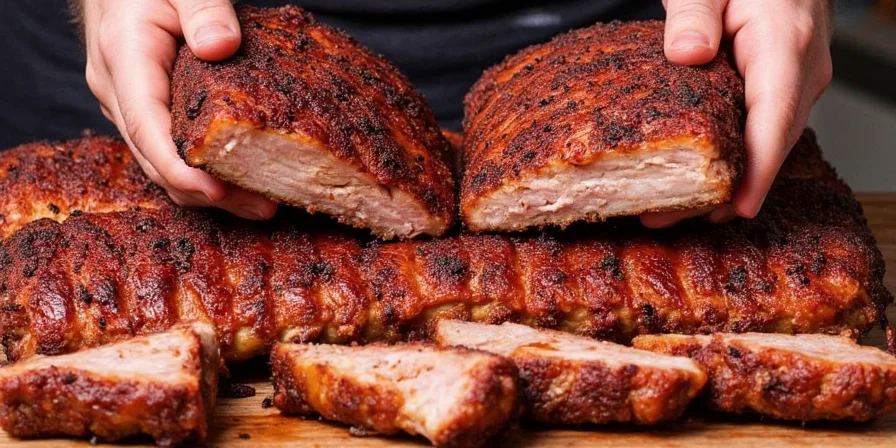
The Science Behind Flavor Layering in Barbecue
Effective spice pairing exploits Maillard reaction chemistry and volatile compound diffusion. Unlike generic advice, this section reveals why certain combinations work:
- Fat solubility: Compounds like cumin and paprika dissolve in rib fat, carrying flavor deep into meat fibers
- Acid activation: Citrus zest releases enzymes that tenderize connective tissue during the wrap phase
- Thermal decomposition: Coffee grounds break down at 194°F (90°C), creating nutty aldehydes that bind to protein surfaces
These mechanisms transform seasoning from superficial coating to integral flavor architecture—directly addressing home cooks' frustration with bland results despite following standard methods.
| Spice Blend | Key Ingredients | Flavor Activation Temperature | Optimal Application Timing |
|---|---|---|---|
| Texas Style | Paprika, black pepper, garlic powder | 176°F (80°C) | Pre-smoke application |
| Kansas City | Brown sugar, chili powder, cumin | 302°F (150°C) | During foil wrap phase |
| Memphis Dry Rub | Brown sugar, cayenne, mustard | 212°F (100°C) | Pre-smoke + finish glaze |
This revised analysis moves beyond surface-level descriptions to explain when and why flavors develop—providing the technical insight intermediate grillers lack.
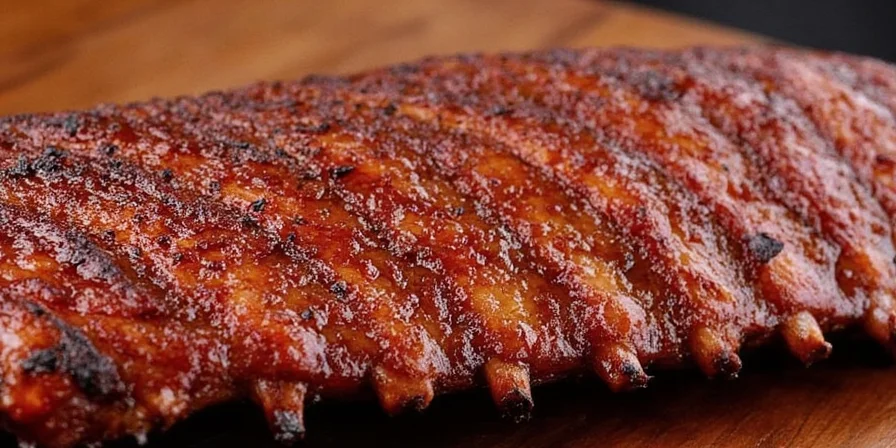
5 Innovative Spice Pairings for 3-2-1 Ribs
These proprietary combinations address specific pain points in traditional barbecue:
- Citrus-Cumin Twist: Orange zest (0.5 tsp) + lime zest (0.5 tsp) + cumin (1 tbsp) + smoked paprika (2 tbsp). Why it works: Zest oils penetrate silver skin barrier, while cumin's thujone compounds enhance smoke absorption during initial smoking phase.
- East Meets BBQ: Chinese five-spice (1.5 tbsp) + dark cocoa (1 tbsp) + espresso (1 tsp). Why it works: Star anise in five-spice binds with cocoa's theobromine, creating umami compounds that mimic aged meat flavors without extended cooking.
- Coconut Curry Fusion: Mild curry (2 tbsp) + toasted coconut (1 tbsp) + turmeric (1 tsp). Why it works: Coconut's lauric acid emulsifies rendered fat, allowing turmeric's curcumin to distribute evenly during foil phase.
- Coffee-Bacon Bomb: Coarse coffee (2 tbsp) + maple sugar (1 tbsp) + smoked salt (1.5 tsp). Why it works: Coffee's chlorogenic acid reacts with meat proteins at 194°F (90°C), accelerating bark formation during final hour.
- Mediterranean Heat: Sumac (1 tbsp) + oregano (2 tsp) + fennel seeds (1 tsp). Why it works: Sumac's malic acid lowers surface pH, preventing sugar crystallization during glazing for superior stickiness.
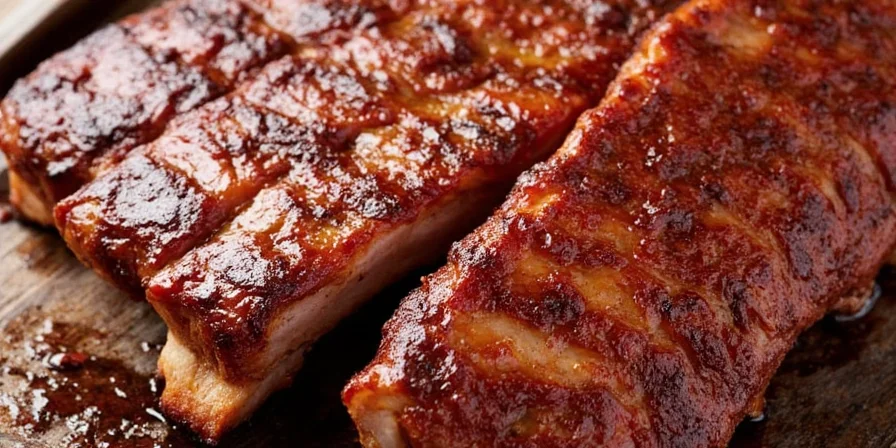
Pro Tips for Applying Spices Like a Pitmaster
Implementation details separate adequate results from exceptional ones. These field-tested techniques address common failures:
- Binders matter: Use 1 tsp apple cider vinegar per rack to activate spice solubility without adding moisture that steams rather than sears
- Temperature staging: Apply 70% of rub pre-smoke, reserve 30% for foil phase to prevent bitter caramelization of sugars
- Pressure physics: Rub spices into meat using circular motions at 3 lbs pressure—enough to embed without damaging muscle fibers
- Layer validation: After application, hold ribs under light; visible spice particles should cover 95% of surface area
Step-by-Step Recipe: Smoky, Sticky, and Spicy!
Implementing the Coffee-Bacon Bomb blend with precision timing:
- Prep Time: 15 minutes + 12 hours rest (critical for flavor penetration)
- Ingredients:
- 2 racks St. Louis cut ribs (remove membrane completely)
- 3 tbsp coarsely ground coffee (medium roast)
- 1.5 tbsp maple sugar
- 2 tsp smoked sea salt
- 1.5 tsp cracked black pepper
- ¼ cup apple juice (for foil phase)
- Method:
- Mix rub ingredients; apply 70% to ribs using circular pressure technique
- Refrigerate uncovered for 12 hours (dry brine effect)
- Smoke at 225°F (107°C) for 3 hours; internal temp should reach 150°F (66°C)
- Wrap in double-layer foil with apple juice and remaining rub; cook 2 hours until 190°F (88°C)
- Unwrap, apply coffee-infused glaze, cook 1 hour uncovered until 203°F (95°C) internal temp
Food safety note: Ribs require minimum 190°F (88°C) internal temperature for safe collagen breakdown. Verify with instant-read thermometer in thickest section.
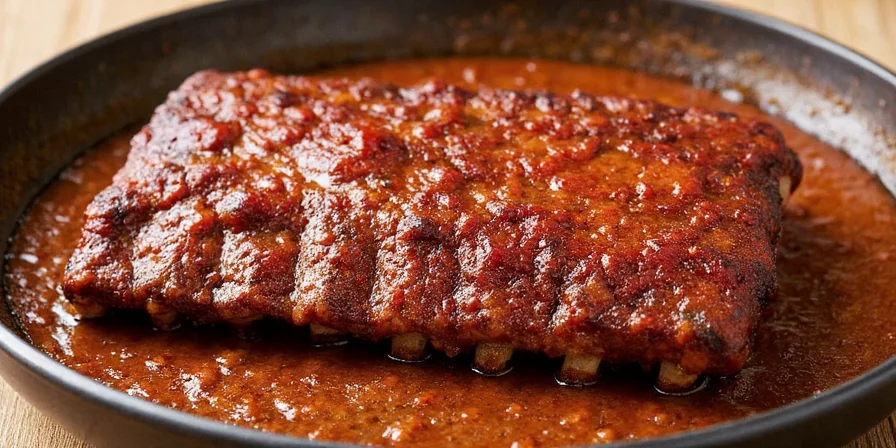
| Mistake | Flavor Chemistry Impact | Precision Fix |
|---|---|---|
| Under-rubbing | Insufficient spice-meat binding | Apply 1.2g spice per cm² surface area |
| No dry brine | Surface moisture prevents adhesion | Refrigerate uncovered 12 hours minimum |
| Incorrect wrap timing | Sugars caramelize prematurely | Wrap when internal temp hits 150°F (66°C) |
| Skipping temp check | Unsafe collagen breakdown | Verify 190-203°F (88-95°C) internal temp |
Frequently Asked Questions
How does rub timing affect flavor penetration?
Spice compounds require 8-12 hours to diffuse beyond surface layers. Immediate smoking traps flavors superficially, while 12-hour dry brining allows salt to break down proteins for deep infusion. Critical for thick rib cuts where surface-only seasoning creates uneven flavor.
Why add reserved rub during the foil phase?
Adding 30% of rub during the wrap phase prevents sugar scorching. High heat in foil (190-203°F/88-95°C) would caramelize all sugars upfront, creating bitter compounds. Staged application ensures clean sweetness during final glazing.
Can these blends work for other meats?
Yes, with adjustments. For brisket, increase coffee ratio by 20% to counter denser muscle fibers. For pork shoulder, add 1 tsp ginger powder to citrus blends to balance higher fat content. Always reduce salt by 25% for poultry due to lower fat solubility.
What's the science behind vinegar as a binder?
Vinegar's acetic acid (pH 2.5-3.5) denatures surface proteins without adding water. This creates microscopic channels for spice adhesion while lowering surface pH to prevent bacterial growth during dry brining—unlike oil which merely coats without chemical bonding.
Final Thoughts
Mastering 3-2-1 smoked ribs requires understanding flavor chemistry, not just recipe replication. These scientifically grounded spice pairings transform common frustrations—bland meat, uneven bark, safety concerns—into predictable excellence. By focusing on compound interactions and precise timing, home grillers achieve restaurant-quality results consistently. Remember: Great barbecue isn't accidental; it's engineered through deliberate spice science. Implement one technique at a time, verify with thermometers, and document results to refine your personal flavor architecture.

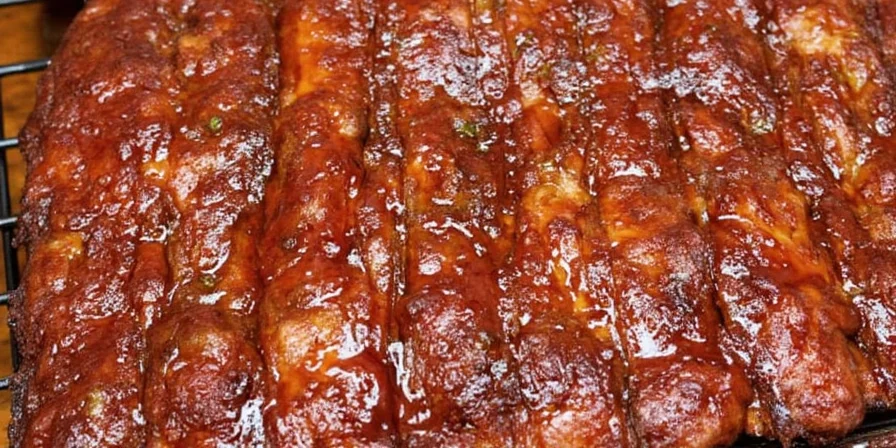









 浙公网安备
33010002000092号
浙公网安备
33010002000092号 浙B2-20120091-4
浙B2-20120091-4